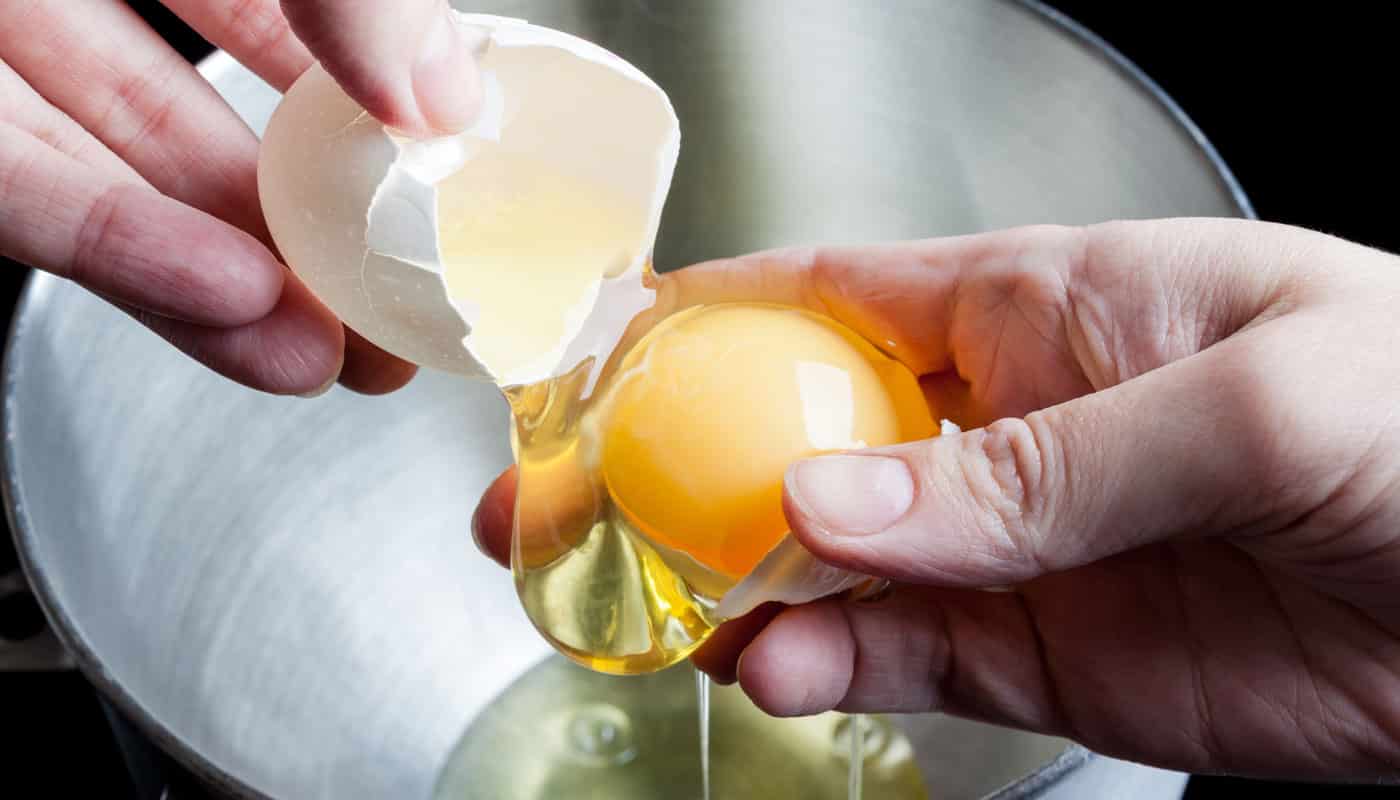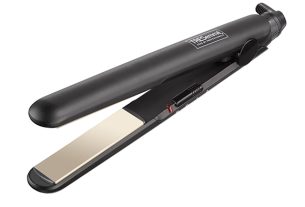It’s really bad when you lose an entire recipe because you added a bad egg to it without realizing it. To avoid this, learn to identify.
You’ve probably lost an entire recipe at some point because you unknowingly opened it and added a bad egg. And, he only realized after the mess was done, and the unpleasant odor spread throughout the kitchen. Is not it? Furthermore, you also waste several ingredients, having to redo the entire recipe. But, how do you know if the egg is spoiled and avoid all this hassle?
In short, identifying whether an egg is spoiled is simple and easy, and there are several ways to do this. For example, many cooks open the egg in a separate jar, check its quality and only then pour it into the recipe. Or also, dip the egg in a glass of water, if it sinks it’s good, but if it floats it’s spoiled.
Furthermore, eating a spoiled egg can cause health problems. Because, eggs in Brazil have a high chance of being contaminated with Salmonella, a bacteria that affects the digestive system tract. Consequently, the person feels severe abdominal pain, fever, fatigue, tiredness and vomiting. Therefore, the infected person needs urgent medical attention.
Anyway, to help you identify whether or not an egg is spoiled, we have prepared a list of very simple tips. Check out:
5 ways to identify a bad egg: through freshness
1 – Soak in a glass of water
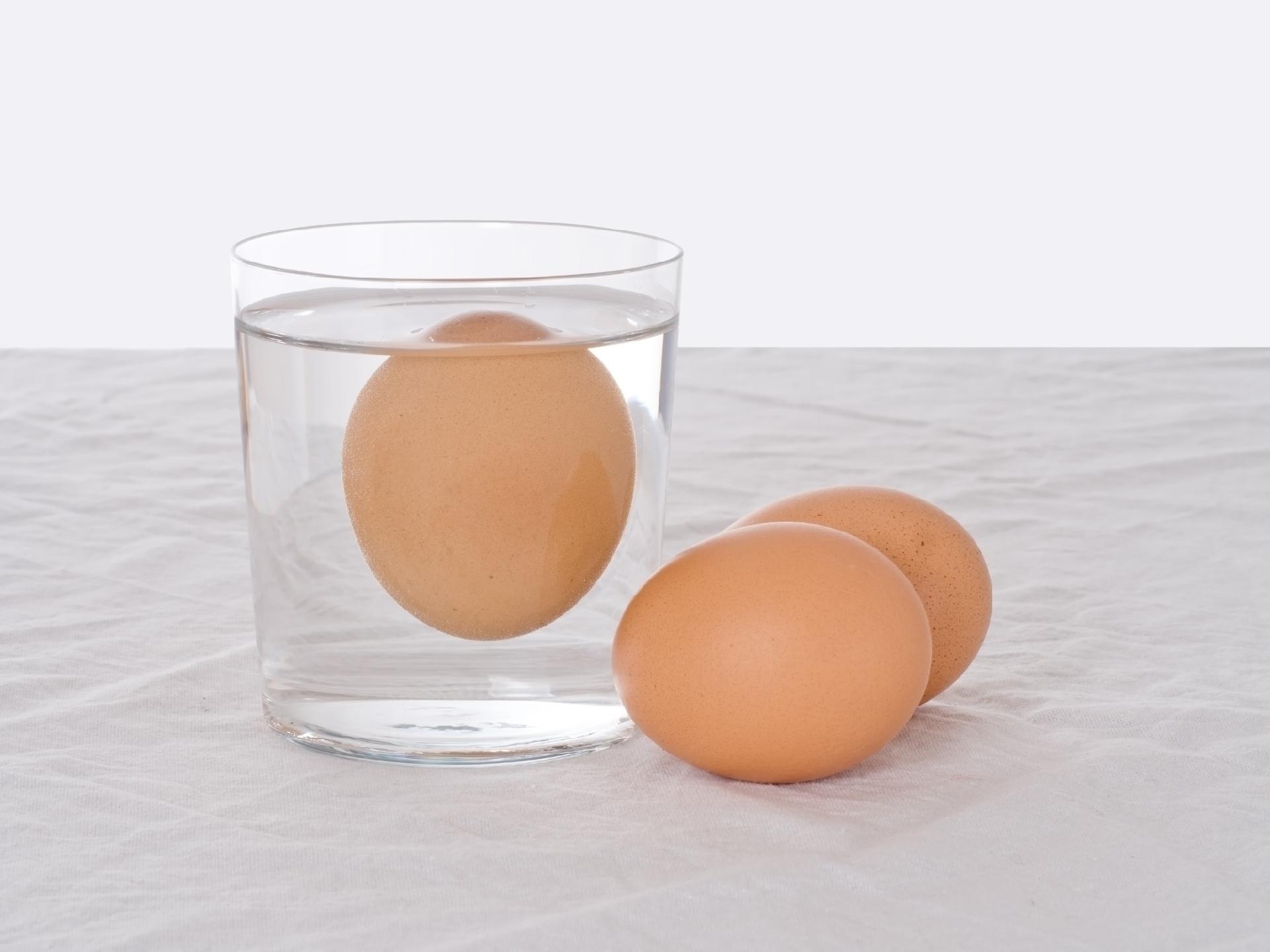
One of the most common ways to identify a bad egg is to immerse it in a bowl or glass of cold water. Well, there is a small air pocket inside the eggs, which over time more air passes through the shell and enters it. In this way, the bag expands, causing the egg to float in the water.
Therefore, if the egg sinks on its side it is at the peak of freshness, if it sinks upright it is past its peak of freshness, but can be consumed safely. On the other hand, if the egg floats, it means it is spoiled and therefore should not be consumed.
2 – Hold the egg next to your ear

As time passes, the egg ages and carbon dioxide moisture escapes from the shell. This way, the egg white and yolk dry out and shrink. Soon, the air bubble present inside the egg expands, which can make a sound when shaking the egg.
Therefore, placing the egg close to your ear and shaking it can be a good way to identify a bad egg. Therefore, if the egg does not make sounds, it can be consumed safely. On the other hand, if it makes sounds, the egg is rotten and cannot be eaten.
3 – Break the egg into a container

Another widely used method to identify a spoiled egg is to break it into a separate container. Therefore, it will be possible to analyze the quality of the white and yolk. Because, as time passes, the egg ages, and the contents inside will no longer stay together. In other words, it tends to spread.
Therefore, if the yolk is flat and breaks easily, the egg is old. Or, if the yolk moves easily, it means that the callus, the white filament that holds the yolk in place, has weakened and is aging.
4 – Spoiled eggs: giving off a bad odor

It is important that you break the egg and check if there is a strong smell. Since, this is the best indicator of a bad egg. As it ages, it develops a sulfurous smell that will be noticeable when broken. Therefore, it must be thrown away, and must not be consumed.
5 – Inspect its color

The freshness of an egg can also be seen through its color. At first, it is important to emphasize that the color of the yolk always varies depending on the hen’s diet. Therefore, it is not associated with the freshness of the egg. Therefore, it is clear that it must be analyzed. For example:
- Pink, green or iridescent white – The egg is spoiled. Well, it was contaminated by bacteria.
- Thick, gray white – Represents a very fresh egg.
- Very transparent – Means that the egg is old but still usable.
- Presence of green or black dots – The presence of these dots indicates that the egg has been contaminated by fungi and cannot be ingested.
- Blood spot on the egg – This spot can occur when a blood vessel ruptures during the formation of the egg. Therefore, it is not associated with freshness, and can be consumed safely.
5 ways to identify a bad egg: using dates
1 – Check the expiration date on the packaging

The expiration date may be identified as “Do not sell after” or “Valid until”. Furthermore, the deadline must be up to a maximum of 30 days after the day the eggs were packed. On the other hand, eggs kept in the refrigerator are good for more than 30 days beyond the expiration date.
In short, the date is expressed in day/month. And, the phrase “Do not sell after” refers to the last day on which eggs can be purchased, as they are close to expiry. But, it does not indicate that they are already rotten.
2 – Spoiled eggs: recommended date for consumption.
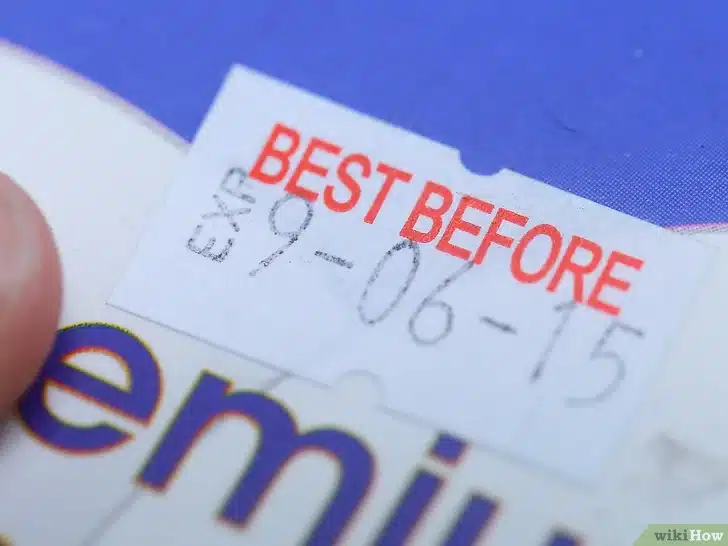

The recommended consumption date is indicated by: “Best by” or “Best by”. Generally, this date is within 45 days from the egg packaging date.
“Best by” refers to the period when eggs are freshest, with best texture, flavor and binding and thickening properties.
3 – Three-digit code
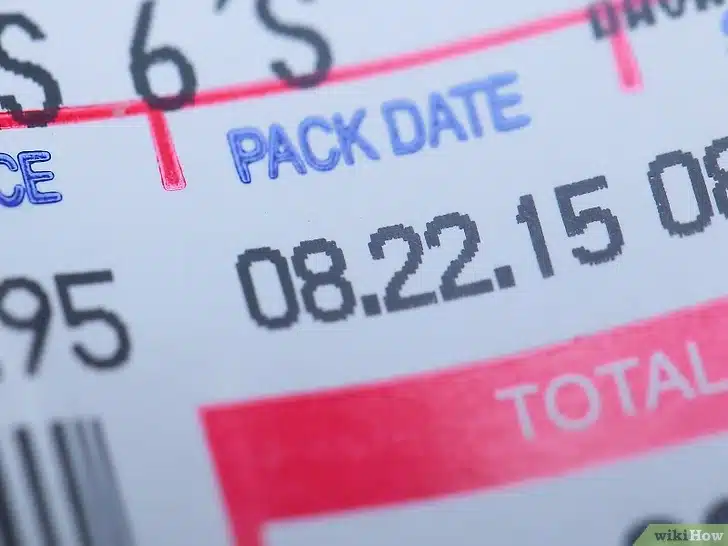

The three-digit code indicates the date the eggs were packed. Furthermore, some cards do not include an expiration date, and only when they were packaged. Generally the date appears as a three-digit code using the Julian calendar. That is, eggs packed on January 1st would be identified by 001, while those packed on October 15th would be identified by 288. And those packed on December 31st by 365.
4 – Spoiled eggs: when they remain at room temperature after being refrigerated
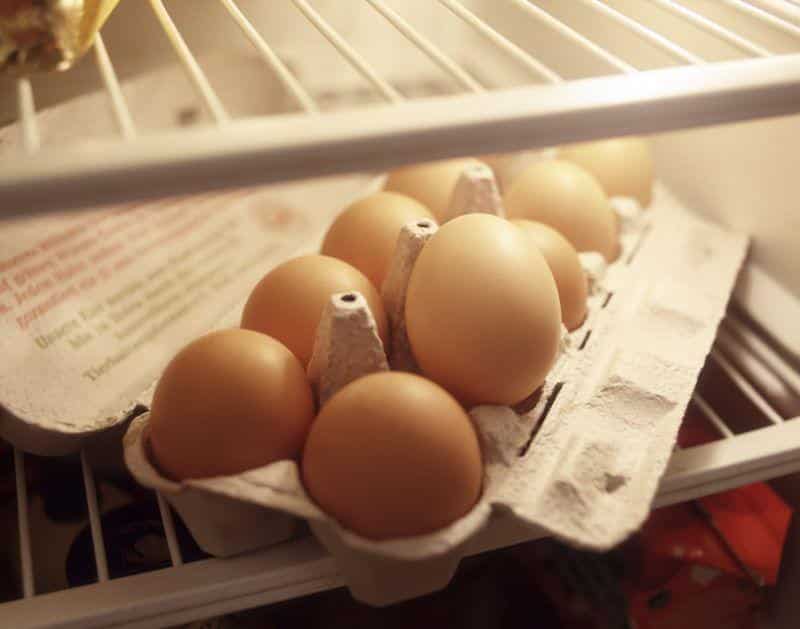
After leaving an egg in the refrigerator, it must remain at that same temperature until consumed. Because, if it is placed in a warmer environment, it will start to sweat. Consequently, bacteria will develop inside and outside the shell.
Furthermore, because the shell is porous, it is possible for bacteria to enter the egg and contaminate it. Therefore, throw away those eggs that have been kept at room temperature for two hours or more after being refrigerated.
Furthermore, to prevent temperature variations, keep the eggs in the coldest part of the refrigerator. Therefore, do not place it on the door, as it is an area that varies in temperature, due to it always being opened. On the other hand, when receiving unwashed eggs at room temperature, it is not necessary to refrigerate them.
Because they have a protective barrier, called a cuticle, which keeps bacteria away.
5 – Follow the instructions on how long to keep the eggs
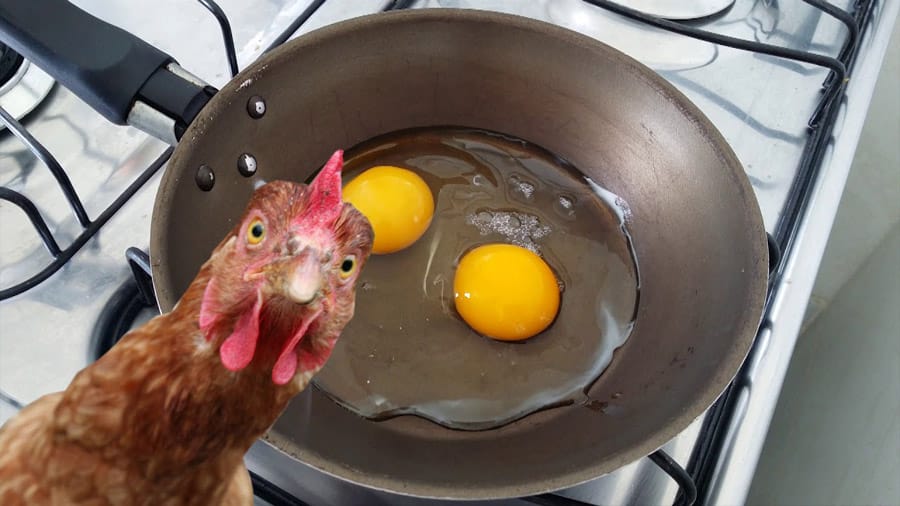
Finally, for those who raise chickens and have questions, you should consult the guidelines from the Ministry of Agriculture, Livestock and Supply. This way, it will be possible to identify how long the eggs remain fit for consumption.
So, what did you think of these tips on how to identify a bad egg? Remembering that it is very important to only serve eggs at peak freshness for children and the elderly. Because, they have a weaker immune system.
Anyway, to find out more, read also: How do you know if an egg is cooked? Top tricks.

Sign up for our newsletter and stay up to date with exclusive news
that can transform your routine!
Warning: Undefined array key "title" in /home/storelat/public_html/wp-content/plugins/link-whisper-premium/templates/frontend/related-posts.php on line 12
Warning: Undefined array key "title_tag" in /home/storelat/public_html/wp-content/plugins/link-whisper-premium/templates/frontend/related-posts.php on line 13

